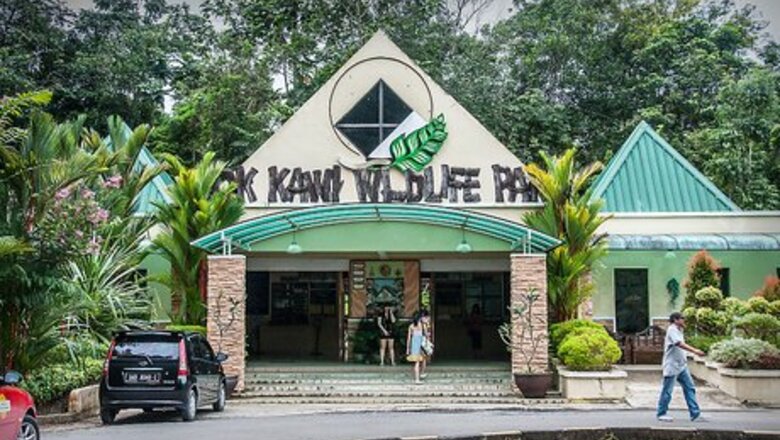
views
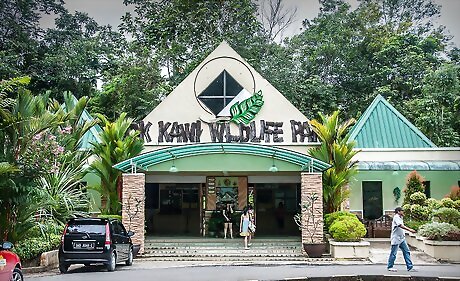
Go early in the morning. This is the time when the animals are the most active and when there are fewer people there to have to photograph around.
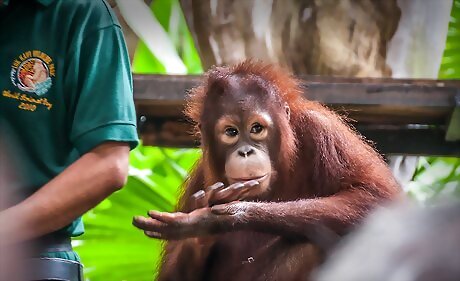
Check out the zoo activities schedule. Some good pictures are of feeding time or performance times. Seal feeding and performances make great pics. When watching these, be sure that you are not in the front row. You, and your camera, are very likely to get wet. Watching the monkeys get fed can be a lot of fun and bring back good memories of your zoo trip.
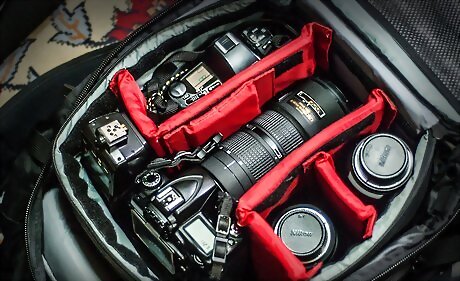
Prepare your camera bag ahead of time. Make sure you have everything that you will need, such as: Extra batteriesTake Great Zoo Photographs Step 3Bullet1.jpg Long and short lensesTake Great Zoo Photographs Step 3Bullet2.jpg Filters if you use themTake Great Zoo Photographs Step 3Bullet3.jpg Film, if it is a film camera. Extra memory cards, if it isn't.Take Great Zoo Photographs Step 3Bullet4.jpg Lens hood, to help prevent glare in your photosTake Great Zoo Photographs Step 3Bullet5.jpg A tripod, or monopod, if allowed.Take Great Zoo Photographs Step 3Bullet6.jpg
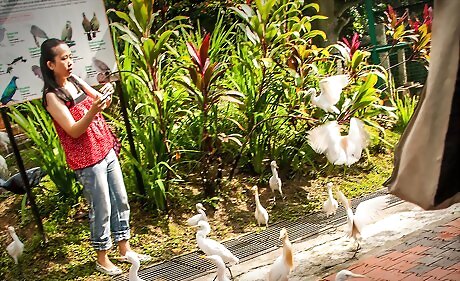
Be polite to others. Everyone is there to enjoy themselves and see the wildlife. Don't think your camera grants you privileges.
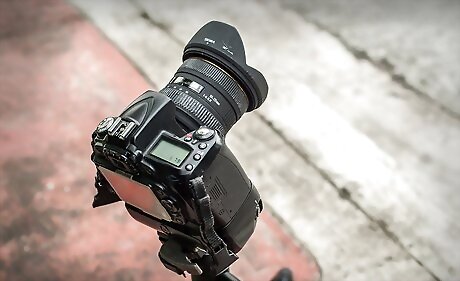
If you are using a tripod, don't set it up in the middle of the sidewalk. Don't take up a lot of space while taking your photos.
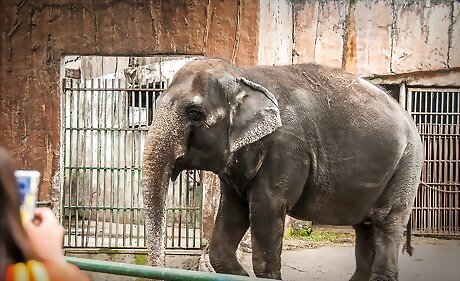
Do not every cross barriers or climb fences for that shot you 'just gotta have'. Those barriers are there for a reason.
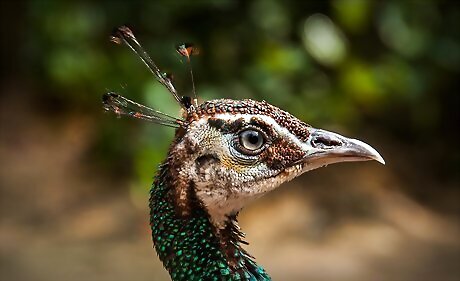
Use shallow depth of field, when possible, to isolate the animals you are photographing from the background.
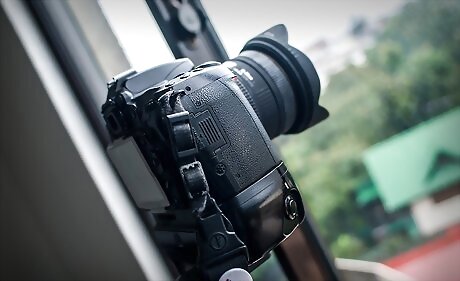
Use your lens hood when photographing through glass. This will help reduce the glare.
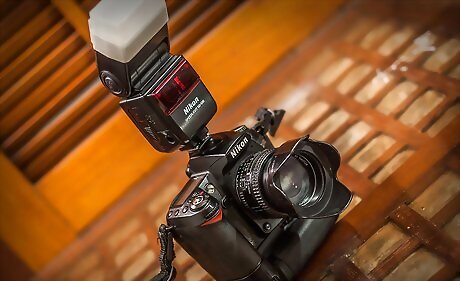
Use a diffuser. Whether or not you have an on board flash or a flash unit, find a way to diffuse the flash.










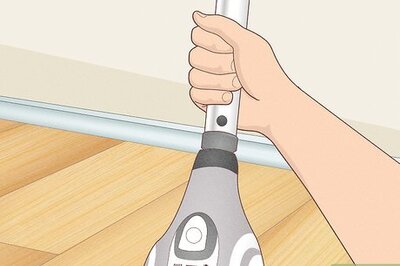
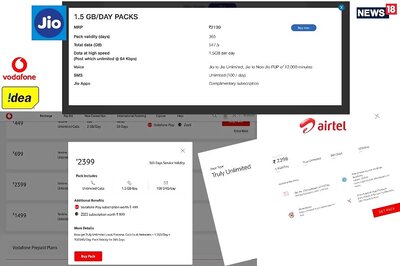



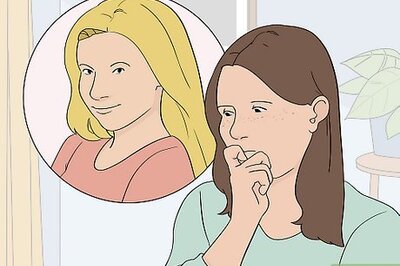
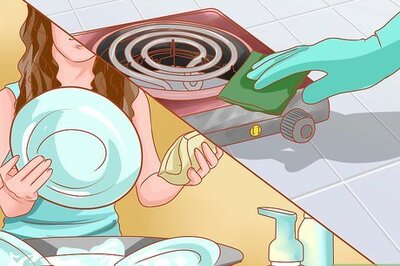
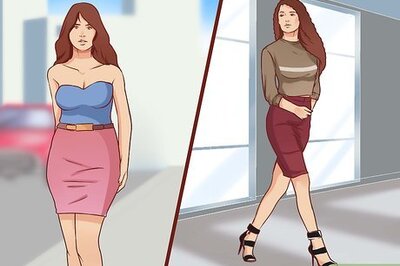
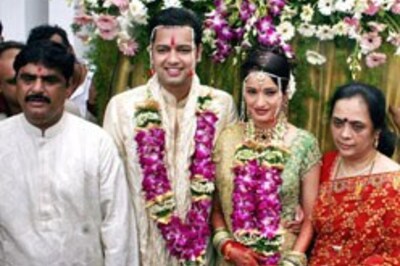

Comments
0 comment